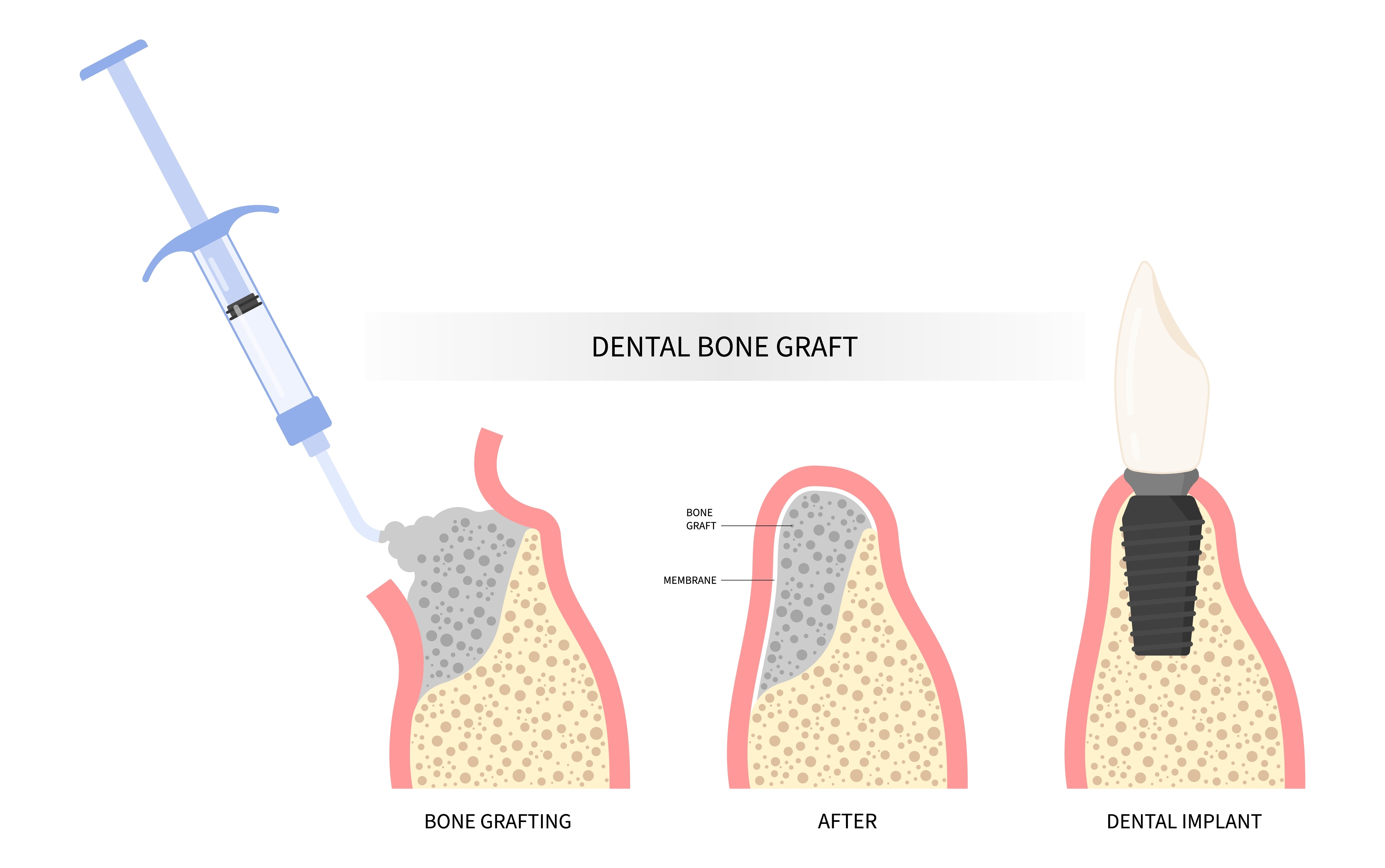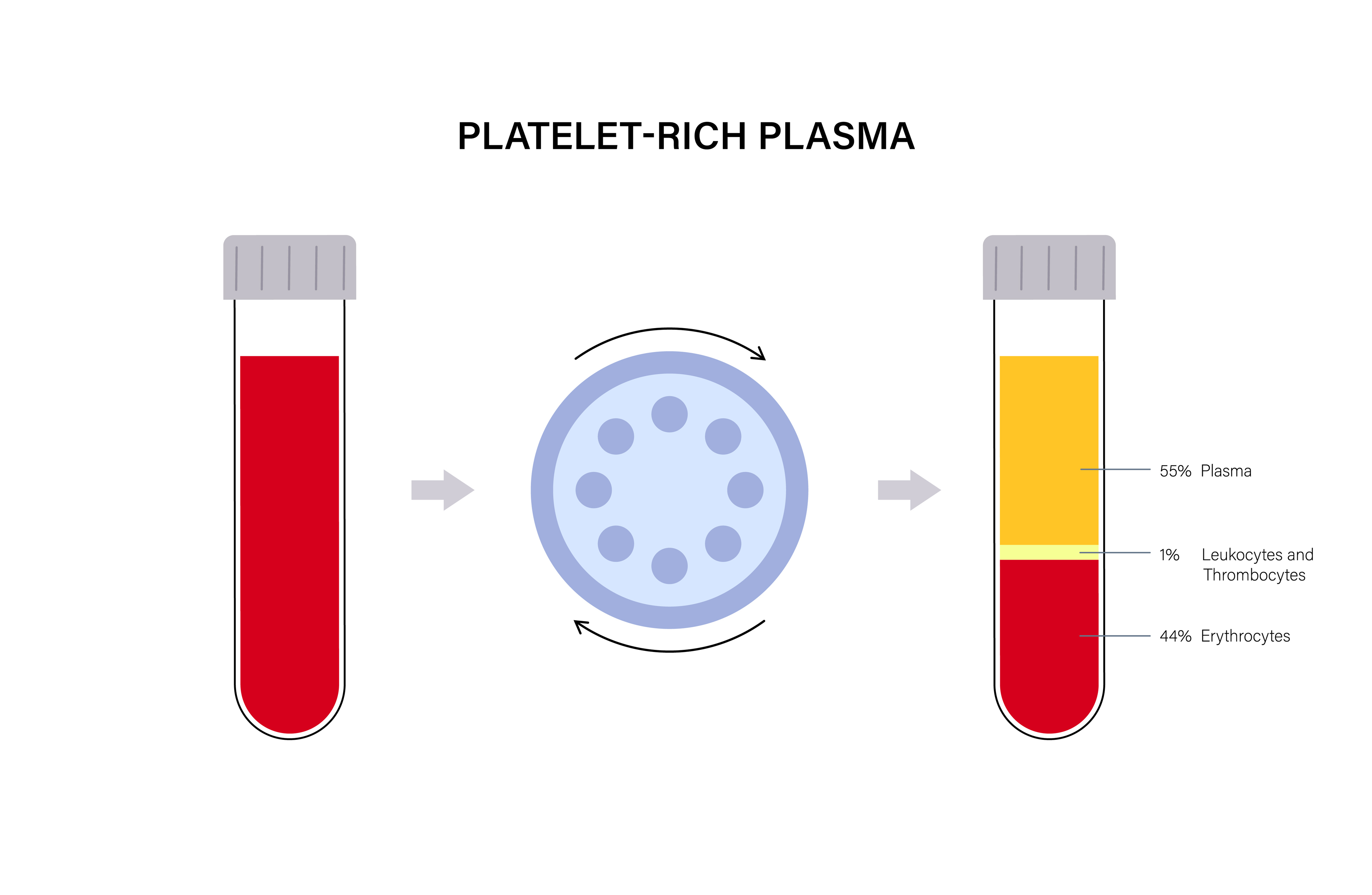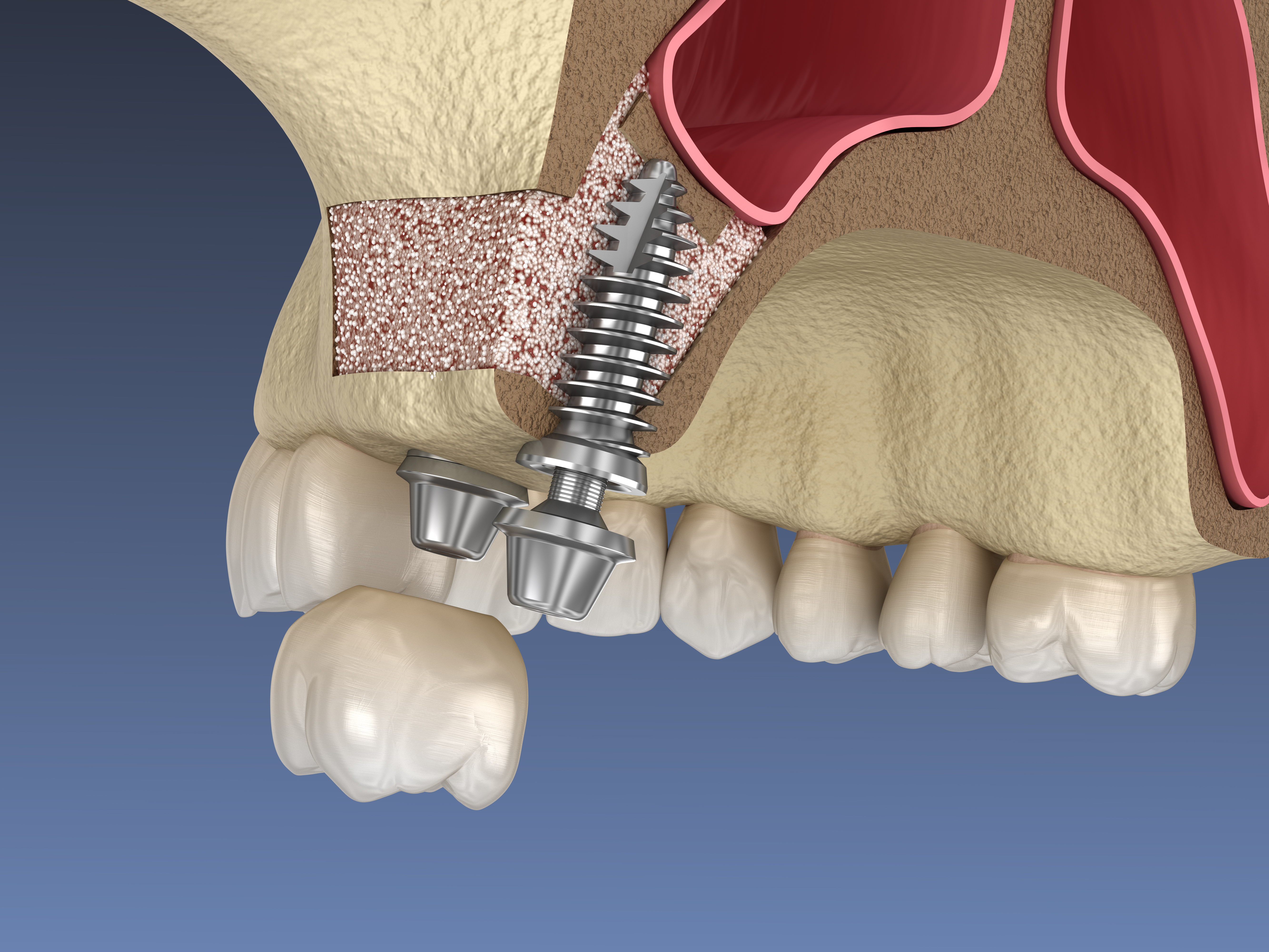GBR
Guided bone regeneration (GBR) is a dental procedure that involves regenerating bone in areas of the jaw that have lost bone tissue due to periodontal disease, trauma, or tooth extraction. Here's a brief overview of what typically happens during a GBR procedure:
Anaesthesia: The procedure is typically performed under local anaesthesia, which will numb the area of the mouth where the GBR will be performed.
Incision: The periodontist will make a small incision in the gum tissue to expose the area where the bone regeneration is needed.
Bone graft: A bone graft material, which can be synthetic, donor or taken from the patient, is placed in the area to be regenerated. This bone graft acts as a scaffold to encourage the growth of new bone tissue.
Membrane placement: A specialized membrane is placed over the bone graft material to protect it and hold it in place. This membrane acts as a barrier, preventing soft tissue from growing into the area while allowing the bone tissue to regenerate.
Suture: The gum tissue is then sutured closed over the membrane and bone graft.
Healing and integration: Over the next several weeks or months, the bone graft material will gradually integrate with the surrounding bone tissue and new bone will grow in the area.
Implant placement: Once the new bone tissue has sufficiently grown and integrated with the surrounding bone, dental implants can be placed to replace missing teeth or to stabilize dentures.
Postoperative care: Following the procedure, the patient may be given pain medication and instructed to avoid certain foods and activities that may irritate the area. The patient will also need to maintain good oral hygiene practices, such as brushing and flossing, to prevent infection and promote healing.
Overall, GBR is a highly effective procedure for regenerating bone tissue in areas of the jaw that have lost bone due to periodontal disease, trauma, or tooth extraction. However, it is important to note that not all patients are good candidates for GBR, and the procedure should only be performed by a trained dental professional with experience in bone regeneration techniques.

Kieler Sushi
The Kieler Sushi bone graft procedure is a specialized bone grafting technique that is used to rebuild the jawbone in areas where there is not enough bone tissue to support dental implants. Here's a brief overview of what typically happens during the Kieler Sushi bone graft procedure:
Anaesthesia: The procedure is typically performed under local anaesthesia, which will numb the area of the mouth where the bone graft will be performed.
Incision: The dentist or periodontist will make a small incision in the gum tissue to expose the area where the bone graft is needed.
Preparation: A specialized drill is used to prepare the bone in the area to receive the bone graft. This drill creates a small hole in the bone, which is carefully shaped to fit the bone graft material.
Bone graft: A bone graft material, which is typically taken from a donor source and your own jaw, is placed into the prepared hole. The bone graft material is packed tightly into the hole and shaped to fit the surrounding bone tissue. This is reinforced by growth factors which we have previously taken from a vene in your arm prior to the procedure.
Suture: gum tissue is then sutured closed over the bone graft.
Healing and integration: Over the next several weeks or months, the bone graft material will gradually integrate with the surrounding bone tissue and new bone will grow in the area.
Implant placement: the new bone tissue has sufficiently grown and integrated with the surrounding bone, dental implants can be placed to replace missing teeth or to stabilize dentures.
The Kieler Sushi bone graft procedure is named for its unique shape, which resembles a piece of sushi. This shape is designed to maximize the surface area of the bone graft material, which can improve the rate of bone regeneration and integration. However, it is important to note that not all patients are good candidates for this procedure, and the decision to use the Kieler Sushi technique should be made by a trained dental professional with experience in bone grafting techniques.

Split block bone grafts with autogenous bone
A split block bone graft procedure is a type of bone grafting technique that is used to rebuild the jawbone in areas where there is not enough bone tissue to support a dental implant. Here's a brief overview of what typically happens during a split block bone graft procedure:
Anaesthesia: The procedure is typically performed under local anaesthesia, which will numb the area of the mouth where the bone graft will be performed.
Incision: The periodontist will make a small incision in the gum tissue to expose the area where the bone graft is needed.
Bone block preparation: A block of bone tissue is taken from another part of the patient's jaw or from a donor source. This bone block is then split in half, creating two thinner pieces of bone.
Placement: The two halves of the bone block are then placed on either side of the area to be grafted, creating a "sandwich" of bone tissue around the existing bone.
Fixation: Small screws or pins are used to fix the two halves of the bone block in place.
Suture: The gum tissue is then sutured closed over the bone graft.
Healing and integration: Over the next several weeks or months, the bone graft material will gradually integrate with the surrounding bone tissue and new bone will grow in the area.
Implant placement: Once the new bone tissue has sufficiently grown and integrated with the surrounding bone, dental implants can be placed to replace missing teeth or to stabilize dentures.
The split block bone graft procedure is a highly effective way to rebuild the jawbone in preparation for dental implant placement. However, it is important to note that not all patients are good candidates for this procedure, and the decision to use this technique should be made by a trained dental professional with experience in bone grafting techniques.

Internal and External Sinus Augmentation
A sinus augmentation, also known as a sinus lift or sinus graft, is a dental implant procedure used to increase the amount of bone in the upper jaw to support the placement of dental implants.
The procedure involves adding bone material to the maxillary sinus, which is located behind the cheekbones and above the upper teeth. This is typically done when there is not enough bone height in the upper jaw to support a dental implant, due to bone loss from periodontal disease, trauma, or the natural aging process.
The sinus augmentation procedure is typically performed by a periodontist. The procedure involves making a small incision in the gum tissue and creating a small opening in the bone to access the sinus cavity. The sinus membrane is then carefully lifted and bone material is placed into the space created. The gum tissue is then closed with stitches and the site is left to heal for several months before the dental implant can be placed.
After the sinus augmentation procedure, patients may experience some swelling, bruising, and discomfort, which can be managed with pain medications and other remedies. Patients will need to follow a strict aftercare regimen to ensure proper healing and integration of the bone material, which may include avoiding certain foods, avoiding smoking, and following good oral hygiene practices.
Sinus augmentation is a common and safe procedure that can greatly improve the success of dental implants in patients who do not have enough bone in the upper jaw to support them.


